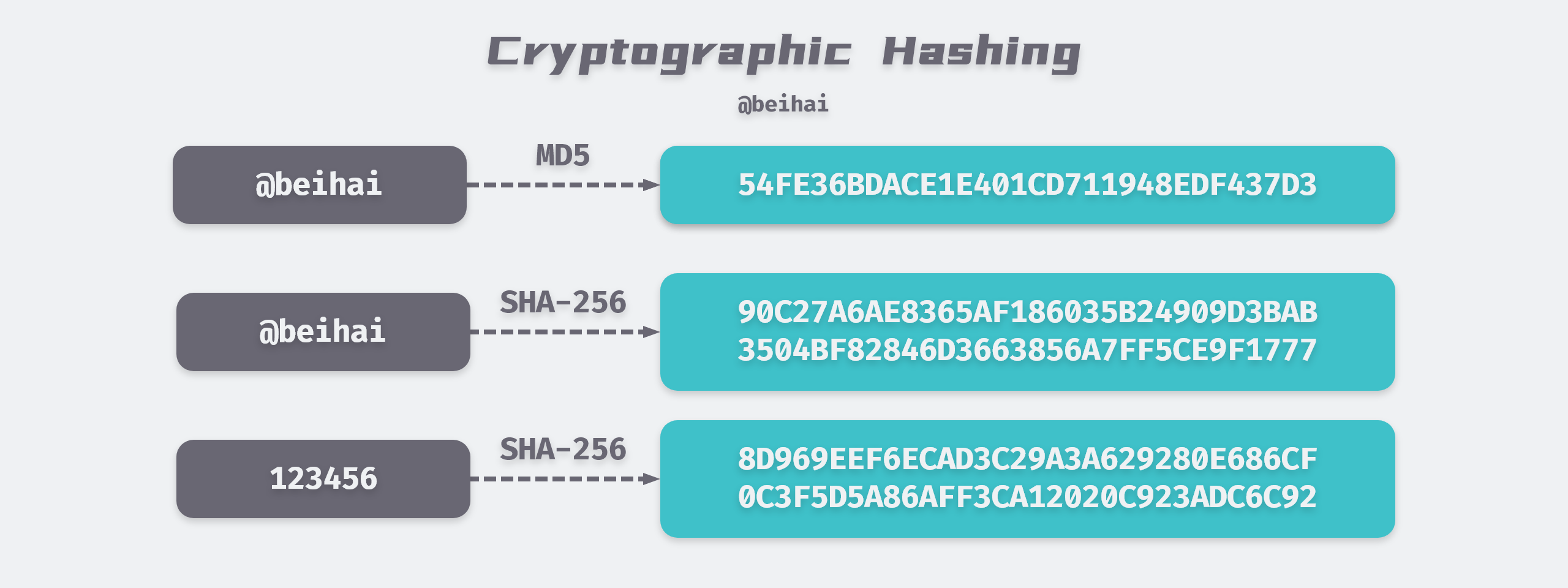Cryptographic hash algorithms are a cornerstone of modern cryptography, serving pivotal roles in various applications such as data integrity verification, password storage, and digital signatures. This article delves into the intricacies of these algorithms, unpacking their underlying principles, elucidating their functionalities, and exploring their significance in the digital age.
At its core, a cryptographic hash function is a mathematical algorithm that transforms an input of any size into a fixed-size string of bytes. This output, known as the hash value or digest, is unique to each unique input. The fundamental properties that qualify an algorithm as a cryptographic hash function include determinism, quick computation, pre-image resistance, second pre-image resistance, and collision resistance. Each of these attributes plays an indispensable role in ensuring the reliability and security of the hash function in various applications.
The first property, determinism, signifies that the same input will always yield the same output. This consistency is crucial for verifying data integrity. If two different inputs produce the same hash value, this event is termed a collision, which underscores the necessity for collision resistance. A truly effective cryptographic hash function minimizes this occurrence, ensuring a near-impossible scenario where different inputs can produce identical hash outputs.
Pre-image resistance is another vital characteristic. An algorithm exhibits pre-image resistance if, given a hash value, it is computationally infeasible to reconstruct the original input. This property is especially important when storing hashed passwords, as it protects against unauthorized access. If a malicious actor obtains hashed passwords, the endeavor to reverse-engineer those hashes should be prohibitively difficult.
Second pre-image resistance complements the first by ensuring that, given an input and its hash output, it is infeasible to find a different input that produces the same hash. This form of resistance offers a layer of security against impersonation and ensures the uniqueness of data identifiers in systems that rely on hashing.
The significance of these properties becomes apparent when considering the consequences of vulnerabilities within hash functions. If an algorithm is susceptible to collisions, pre-image attacks, or second pre-image attacks, it can compromise systems that rely on it. Historical instances, such as the vulnerabilities discovered in MD5 and SHA-1, illuminate the dire implications of security flaws in hash functions. Once considered secure, these algorithms have since been abandoned in favor of more robust alternatives like SHA-256 and SHA-3.
Understanding how cryptographic hash algorithms work requires a closer examination of their structure. Most algorithms operate by processing data in blocks and utilizing a series of mathematical operations, including bitwise operations, modular arithmetic, and logical functions. These processes contribute to the diffusion and mixing of the input data, resulting in a hash output that appears random and unpredictable.
For instance, consider the SHA-256 algorithm, part of the SHA-2 family, which produces a 256-bit (32-byte) hash. The algorithm divides the input into blocks and applies a sequence of compression functions to produce the final hash. Each round of compression involves functions that make small changes in the input result in significantly different hash outputs. This process enhances security by reinforcing the complexity of reversing the hash back to the original input.
Beyond their technical complexities, the implications of cryptographic hash algorithms resonate across various domains. In the realm of cybersecurity, they serve as bulwarks against data corruption and unauthorized access. Digital signatures, which employ hash functions to ensure the authenticity of messages, derive their reliability from the unforgeability of hash outputs. Likewise, blockchain technology, the backbone of cryptocurrencies, employs hash functions to maintain the integrity of the data stored within distributed ledgers, enabling secure and transparent transactions.
The importance of cryptographic hash algorithms extends into everyday digital interactions. When a user enters a password, it is common for systems to store only the hash of that password instead of the password itself. This practice reduces the risk of exposing sensitive information, as unauthorized entities gaining access to the hashed password would find it challenging to retrieve the original password.
The proliferation of cloud computing and Internet of Things (IoT) devices has only increased the significance of robust hashing algorithms. As our reliance on digital systems grows, so does the need to ensure data integrity and security. For example, secure firmware updates in IoT devices often utilize cryptographic hashing to confirm that the updates have not been tampered with before being applied.
The continual evolution of hash algorithms is imperative in staying ahead of potential threats. As computational power increases and new attack vectors emerge, cryptographers and researchers tirelessly analyze and develop hash functions that can withstand evolving challenges. The ongoing development of algorithms like SHA-3 and beyond represents the foresight and adaptability necessary to combat ever-advancing cyber threats.
In conclusion, cryptographic hash algorithms are not merely mathematical curiosities; they are fundamental to maintaining the security and integrity of our digital interactions. By understanding their mechanisms and appreciating their significance, one can cultivate a more profound awareness of the ways in which digital security is navigated in an increasingly interconnected world. The promises that these algorithms hold are not just technical; they beckon a shift in perspective toward a future where data security can be ever more assured.








Leave a Comment